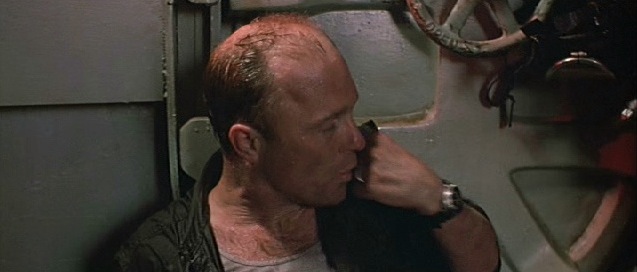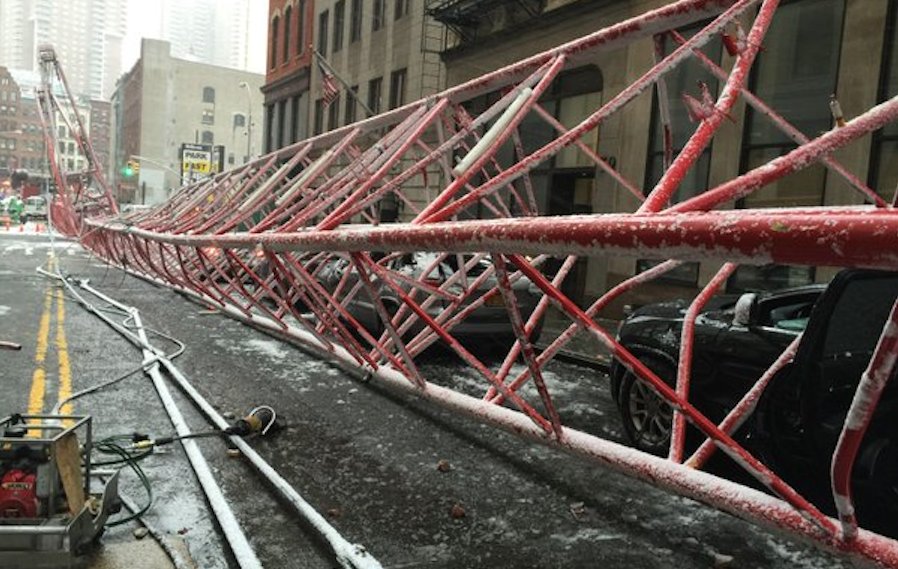Enjoyed Arrival a great deal. Without giving anything away, here's my review of the helicopter in its supporting role in the first act.
One of the trailers is here:
https://www.youtube.com/watch?v=7Wiy0iY-Kmo
As in the first act of numerous other action and suspense movies (such as Cliffhanger), a helicopter arrives with much ado to pick up the protagonist, played by Amy Adams. A helicopter in the front yard quickly establishes that this character is critical to resolving whatever conflict is looming. In the world of TV Tropes this falls under the category of surprise vehicle.
As in the first act of numerous other action and suspense movies (such as Cliffhanger), a helicopter arrives with much ado to pick up the protagonist, played by Amy Adams. A helicopter in the front yard quickly establishes that this character is critical to resolving whatever conflict is looming. In the world of TV Tropes this falls under the category of surprise vehicle.
http://tvtropes.org/pmwiki/pmwiki.php/Main/SurpriseVehicle
It's the civilian version of the sturdy Sikorsky H-3 model, an S-61 without the outboard sponsons that offshore models use. Here are the characters standing in front of it, upon arrival in the principal setting of Arrival.
It's the civilian version of the sturdy Sikorsky H-3 model, an S-61 without the outboard sponsons that offshore models use. Here are the characters standing in front of it, upon arrival in the principal setting of Arrival.
Cabin noise: Arrival is one of the few movies I've seen that conveys the fact that it's very hard to talk with somebody inside a helicopter cabin and impossible if the other person isn't very close. That's why passengers wear headsets. With the exception of heavily-insulated VIP models, riding in a helo isn't like riding in an airliner. Here's a Richistan-review of the VIP version of the Sikorsky S-92:
http://www.thereviewmag.co.uk/sikorsky-s-92/
Range: Under normal circumstances helicopters aren't used for trips over 150 to 200 miles, so we're left to think that her lakeside house is within this distance.
Helmets: Every time I've ridden in a federally funded helicopter (as this one is supposed to be), it's been a no-exceptions rule that I had to wear a flight helmet. The reason is crash survival. Helmets are always good in a crash, and particularly important for anybody at the front or back of the machine. In a vertical crash the rotor blades can bend down so much they smash through the cabin at head level. Typically these carry a heavy weight at the tip, so the blades make good battering rams.
Helmets: Every time I've ridden in a federally funded helicopter (as this one is supposed to be), it's been a no-exceptions rule that I had to wear a flight helmet. The reason is crash survival. Helmets are always good in a crash, and particularly important for anybody at the front or back of the machine. In a vertical crash the rotor blades can bend down so much they smash through the cabin at head level. Typically these carry a heavy weight at the tip, so the blades make good battering rams.
Landing zone precautions: Not shown, but civilian helicopter crews who value their lives will dispatch an advance team whenever planning to land in a built-up area. This is critical for night landings. Before the helicopter approaches, these people scout for wires, trees, poles, and other obstructions, and mark a safe landing zone with strobes. They keep bystanders back and stay on the radio. Once the helo is down, they guard the tail rotor. Here's info on that.
http://www.uwmedicine.org/referrals/airlift-nw/airlift-nw-landing-zones
Rotor and turbine noise in landing zone: Seemed accurate. Medium and heavy transports make a tremendous racket close to the ground.












